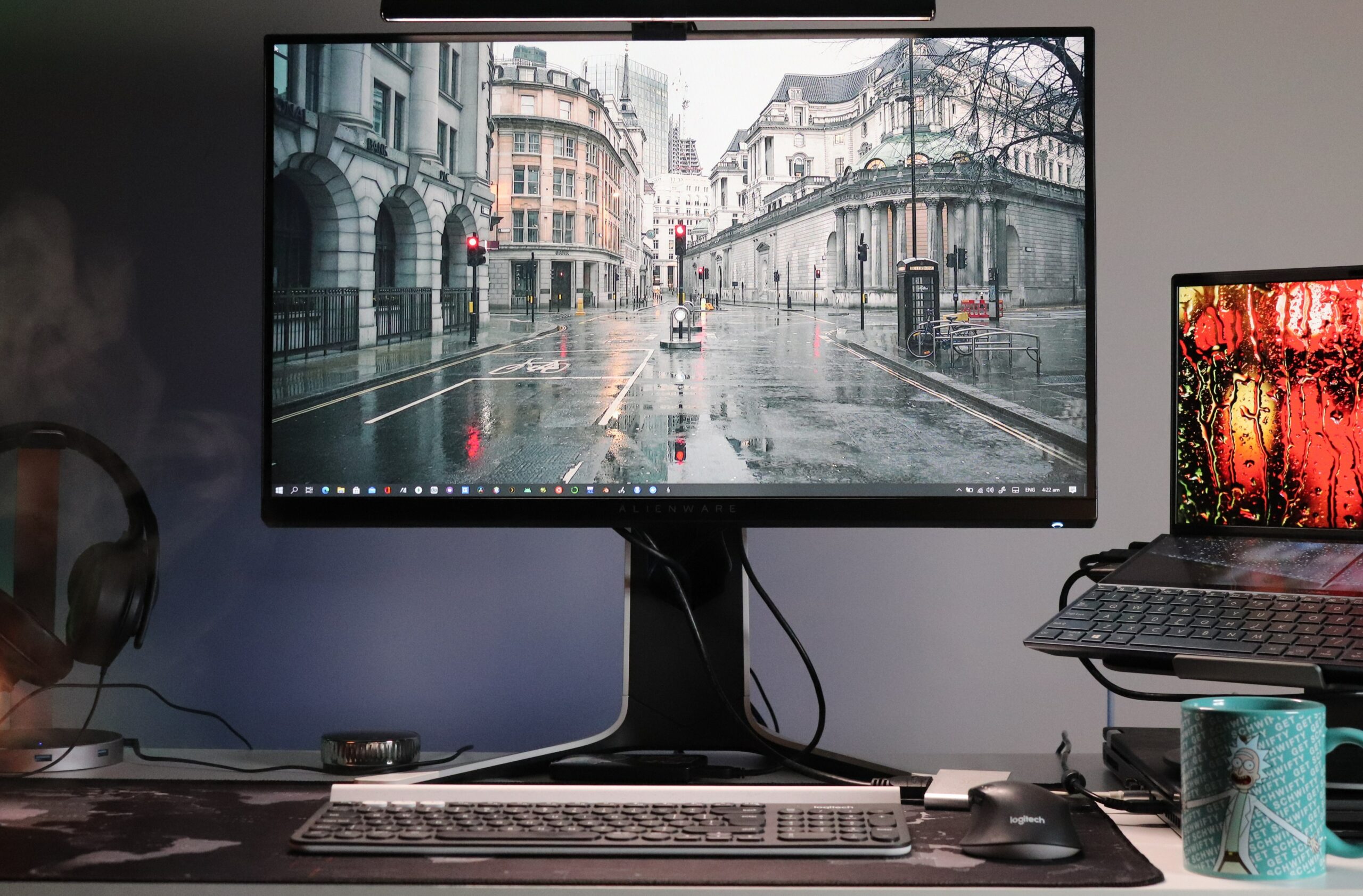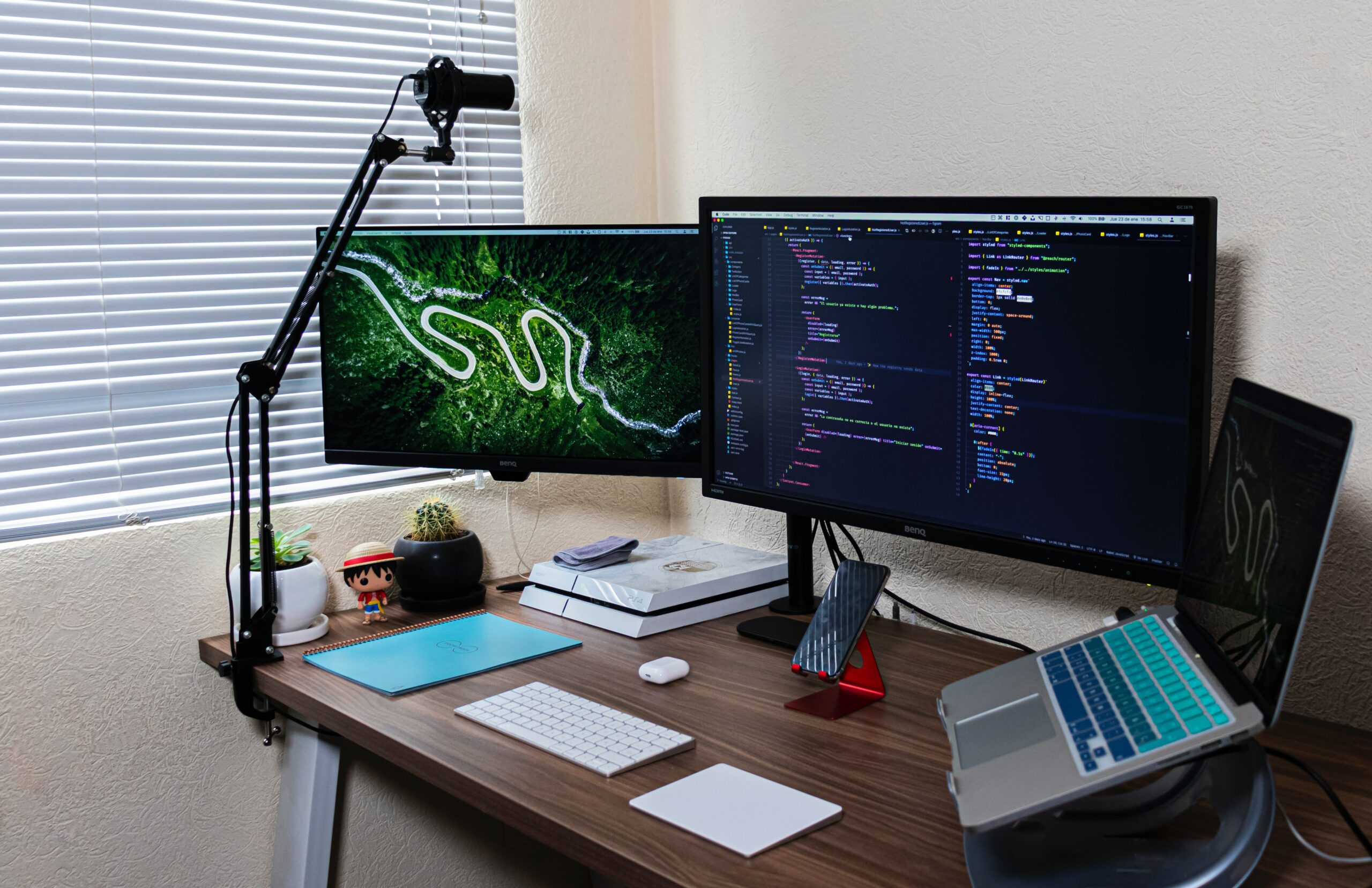
Hook Up Your Dell XPS Desktop in Seconds: A Step-by-Step Guide!
Hi there! As an expert in setting up desktop computers, I’m here to give you a detailed guide on how to hook up your Dell XPS desktop computer.
First things first, make sure you have all the necessary components. You should have the CPU, monitor, keyboard, and mouse. You should also have a power cord, a VGA or HDMI cable (depending on your preferred display connection), and an internet cable if you plan on using a wired connection.
Now, let’s get into the actual setup. Begin by connecting the power cord to the CPU and then plugging it into a power outlet. Next, connect your VGA or HDMI cable to your monitor and then plug the other end into the appropriate port on the CPU. Finally, if you’re using a wired internet connection, connect the cable to the designated port on the CPU.
Finally, plug in your keyboard and mouse to the CPU. Next, turn on your Dell XPS desktop and your monitor. You should see your computer running on your monitor screen if everything is connected properly.
That’s it! These are the basic steps for hooking up your Dell XPS desktop computer. Once you power your computer, you can begin the setup process and customize your settings to your preferences.
Preparing The Cables And Peripherals
Now that you’ve unboxed your Dell XPS desktop, it’s time to start setting it up. The first step is to prepare all the necessary cables and peripherals. Then, follow these steps to ensure a smooth and hassle-free process:
- Check the box’s contents to ensure you have all the necessary cables and parts.
- Connect the power cable to your desktop and plug it into a power outlet.
- Connect your monitor to your desktop using the appropriate cable. Make sure that the cable is securely fastened at both ends.
- Connect your keyboard and mouse to your desktop using the USB ports.
- If you have external speakers or headphones, connect them to the corresponding audio jack on your desktop.
- Connect any other peripherals, such as a printer or scanner, to your desktop using the appropriate cable.
- Once all cables and peripherals are connected, turn on your desktop by pressing the power button.
Following these steps ensures that your Dell XPS desktop is properly connected and ready to use. The next section’ll review setting up your operating system and additional software.

Locating The Ports on Dell XPS Desktop
When setting up your Dell XPS desktop, one of the crucial steps is finding the appropriate ports to connect your peripherals. Here’s how to locate them on your Dell XPS desktop.
Firstly, you need to identify the location of the ports. The Dell XPS desktop typically has the ports on the back and front sides, and the number and type of ports vary with different models.
The backside usually has numerous ports that can be used for various purposes. The following are some ports commonly found on Dell XPS desktops:
- Ethernet port
- USB ports
- HDMI ports
- DisplayPort
- Audio jacks
- Power socket
The front side is also designed with some ports that are easily accessible. These include:
- Two USB 3.1 Gen 1 ports
- Headphone jack
- Microphone jack
With your desktop turned off, as you look at the back of your computer, locate the Ethernet port, which is usually the biggest, with an arrow above it. You’ll then see a row of USB ports to its left, followed by the HDMI port, then the DisplayPort, and the audio jacks.
Look for two small USB ports below the power button for the front side and the headphone and microphone jacks to the right of the USB ports.
Overall, locating the ports on your Dell XPS desktop is relatively a simple task. Once identified, you can connect your peripherals and start working on your device. I hope this guide has provided you with all the information you need to locate the ports on your Dell XPS desktop.

How To H00k Up A Dell XPS Desk Desktop
Now that you have set up your Dell XPS Desktop, it’s time to connect the peripherals. This step is crucial since peripherals are the devices that make the desktop functional. Below are the steps to connect the peripherals to the Dell XPS Desktop.
- Connect the Keyboard and Mouse
Firstly, connect the wired or wireless keyboard and mouse to the desktop. If they are wired peripherals, find the corresponding ports on the back panel of the desktop and plug them in. If you are connecting the wireless peripherals, follow the manufacturer’s instructions to set them up.
- Connect the Monitor
The next step is to connect the monitor. Dell XPS Desktop supports a variety of monitors such as HDMI, VGA, DVI, and DisplayPort. First, locate the video-out port on the back of your desktop and plug in the corresponding cable. Then connect the other end of the cable to the monitor. If connecting multiple monitors, refer to the manufacturer’s instructions to determine the right connectivity.
- Connect the Speakers and Microphone
If you are using external speakers and a microphone, connect them to the audio-out and mic ports on the desktop’s back panel. If you are using built-in speakers, skip this step.
- Connect other Peripherals
If you have other peripherals such as printers, scanners, or external hard drives, connect them to the corresponding ports on the back or front of the desktop. Then, follow the manufacturer’s instructions for setting them up.
Now that you have connected all the peripherals to your Dell XPS Desktop, turn on the desktop and ensure everything works correctly. You should also install the necessary drivers for the peripherals if your operating system doesn’t do it automatically. You can now enjoy using your Dell XPS desktop with these simple steps.
Conclusion:
In this article, we have walked the steps to h00k up a Dell XPS desk desktop. Following these simple procedures, you can now easily connect your desktop to other devices, set up your internet connection, and configure your display settings to enjoy the best viewing experience.
Remember that every computer setup is unique, and you may encounter some challenges while trying to h00k up your Dell XPS desktop. Don’t get discouraged! Take your time to troubleshoot any issues that arise, and you’ll be able to enjoy your computer in no time.
Always refer to the user manual or manufacturer’s website for additional guidance on your Dell XPS desktop model. Regularly updating your computer’s hardware and software can also help keep your system running smoothly and efficiently.
We hope that this article has been helpful to you. Feel free to leave any comments or questions that you may have below, and we’ll be happy to assist you in any way possible. Thanks for reading!